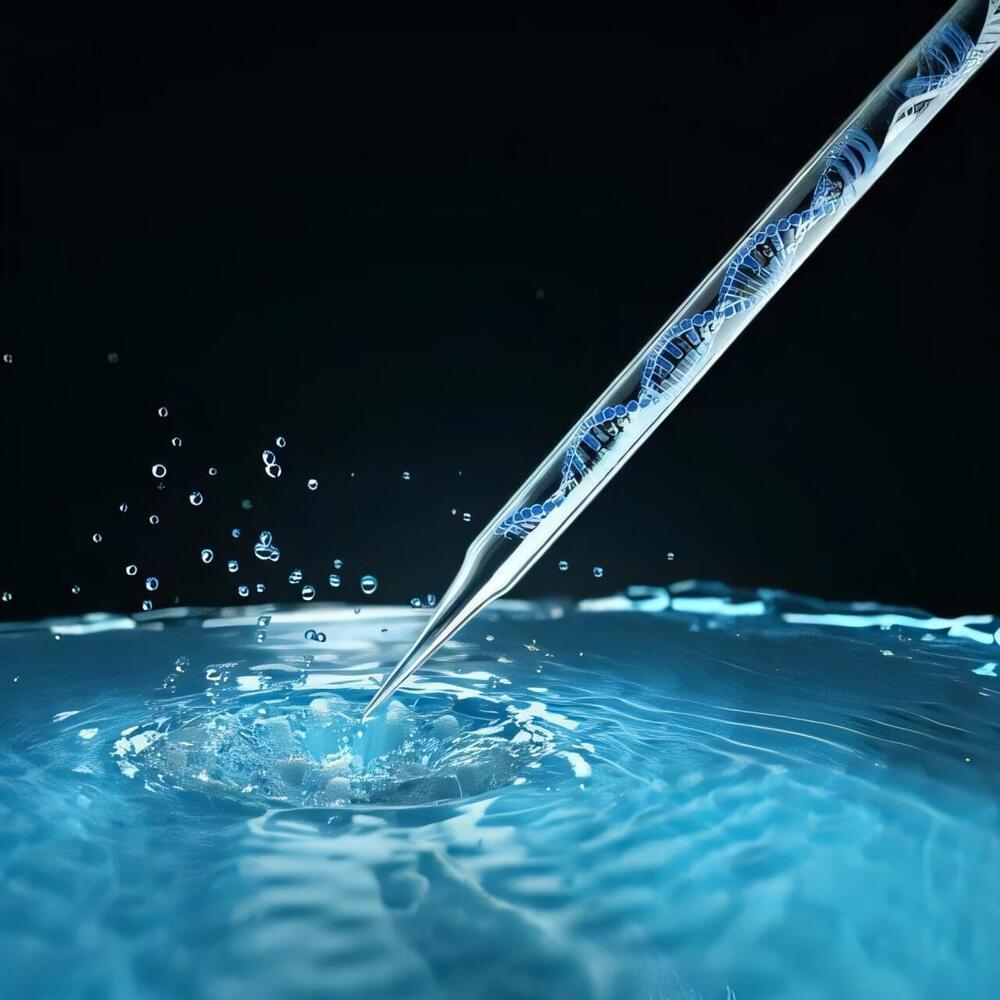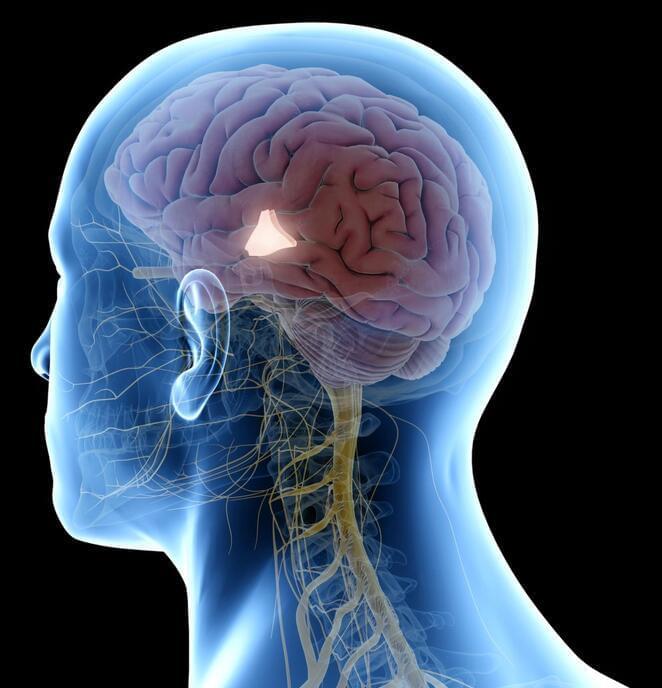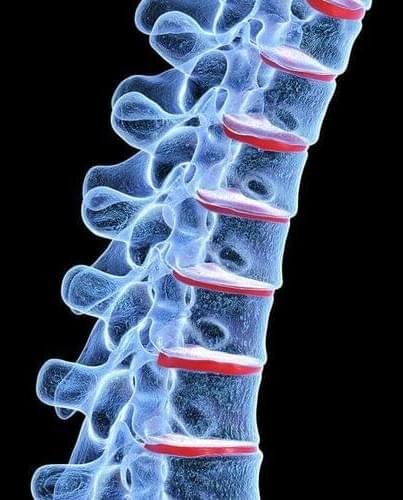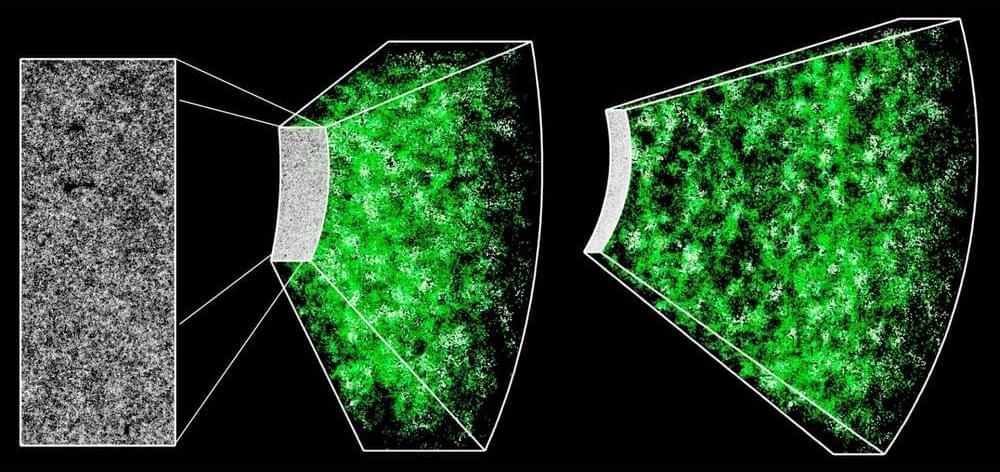Why the kinship between artificial intelligence and the human mind is terrifying.


https://80000hours.org/fireship.
Take a look at 13 trends in technology that will affect programmers and software engineers in the year 2025.
#technology #programming #thecodereport.
💬 Chat with Me on Discord.
🔗 Resources.

In the following link you will find the six most outstanding articles/videos published during the month of December on the website “El Radar del Rejuvenecimiento”
[ https://mailsystem.es/campaign-content/50033](https://mailsystem.es/campaign-content/50033 news/videos are all from reputable scientific sources and almost always published in English, but each of them includes a summary in Spanish.
As the calendar flips to the second quarter of the century, conversations about the transformative potential of Artificial Intelligence (AI) are reaching a fever pitch.

Meanwhile, scientists dug into how psychedelics and MDMA fight off depression and post-traumatic stress disorders. The year was a relative setback for the psychedelic renaissance, with the FDA rejecting MDMA therapy. But the field is still gaining recognition for its therapeutic potential.
Then there’s lenacapavir, a shot that protects people from HIV. Named “breakthrough of the year” by Science, the shot completely protected African teenage girls and women against HIV infection. Another trial supported the results, showing the drug protected people who have sex with men at nearly 100 percent efficacy. The success stems from a new understanding of the protein “capsule” guarding the virus’ genetic material. Many other viruses have a similar makeup—meaning the strategy could help researchers design new drugs to fight them off too.
So, what’s poised to take the leap from breakthrough to clinical approval in 2025? Here’s what to expect in the year ahead.

UC Riverside scientists have developed a nanopore-based tool that could help diagnose illnesses much faster and with greater precision than current tests allow, by capturing signals from individual molecules.
Since the molecules scientists want to detect—generally certain DNA or protein molecules—are roughly one-billionth of a meter wide, the electrical signals they produce are very small and require specialized detection instruments.
“Right now, you need millions of molecules to detect diseases. We’re showing that it’s possible to get useful data from just a single molecule,” said Kevin Freedman, assistant professor of bioengineering at UCR and lead author of a paper about the tool appearing in Nature Nanotechnology. “This level of sensitivity could make a real difference in disease diagnostics.”

Researchers at the Allen Institute have identified a specific brain region in mice where aging triggers significant changes in numerous cell types. The study also pinpointed which cell types undergo the most profound transformations.
This new information, published in the journal Nature, points toward potential approaches for slowing or controlling the aging process in the brain.
The research was focused on numerous glial cell types – the brain’s “support cells” – that demonstrated considerable shifts in gene activity with age. Among the cells most affected were microglia, border-associated macrophages, oligodendrocytes, tanycytes, and ependymal cells.

Getting back to the moon is the primary goal of NASA’s Artemis program, but what do we do once we get there? That is the challenge tackled by a group of students at the University of Illinois Urbana-Champaign, who wrote a proposal for a lunar infrastructure module they call the Trans-lunar Hub for Exploration, ISRU, and Advancement—or THEIA, after the proposed object that crashed into the Earth that created the moon as we know it today.
Their submission was part of the NASA Revolutionary Aerospace Systems Concepts—Academic Linkage project, where teams from various academic institutions submitted papers focusing on the theme of Sustained Lunar Evolution for 2024.
To be clear, THEIA is not meant to serve as the central hub of NASA’s lunar exploration activities. The responsibility would still go to the Artemis base the agency has been working on. It is meant to serve as a hub for four main things that the team believes every long-term lunar mission will need: power, communications, transportation, and In-situ resource utilization (ISRU).

A new study in published in Physical Review Letters analyzes the most complete set of galaxy clustering data to test the ΛCDM model, revealing discrepancies in the formation of cosmic structures in the universe, hinting at a new physics.
The ΛCDM model is the standard model of cosmology describing the universe’s evolution, expansion, and structure. It encompasses cold dark matter (CDM), normal matter and radiation, and the cosmological constant (Λ), which accounts for dark energy.
The model has been successful in explaining several cosmological observations, including the large-scale structure of the universe, the accelerating expansion of the universe, and the cosmic microwave background (CMB) radiation, which is the afterglow of the Big Bang.